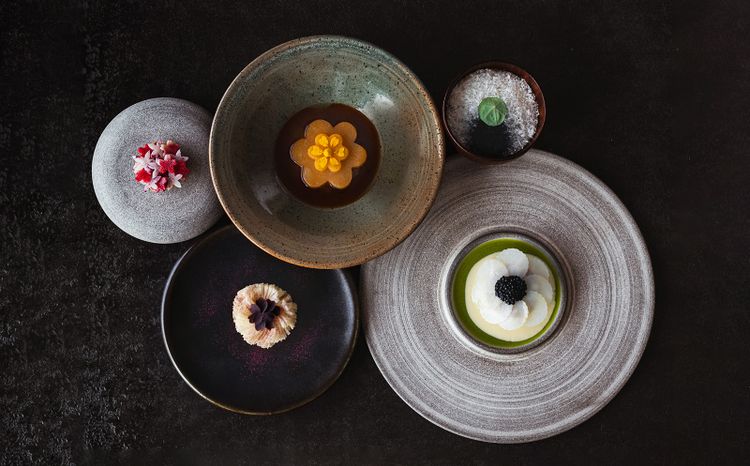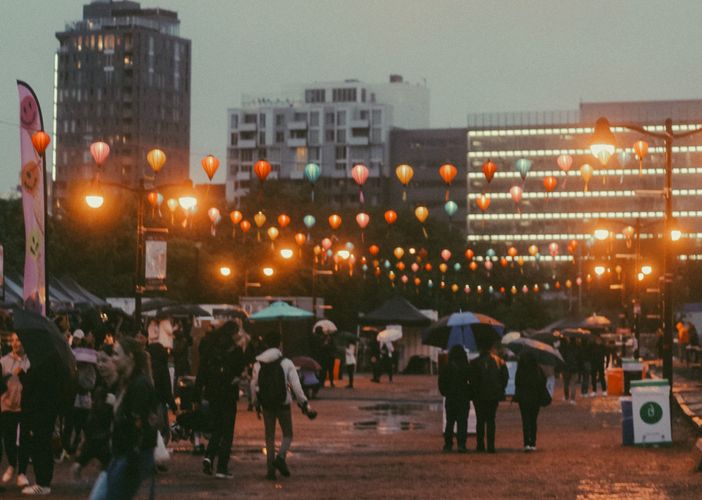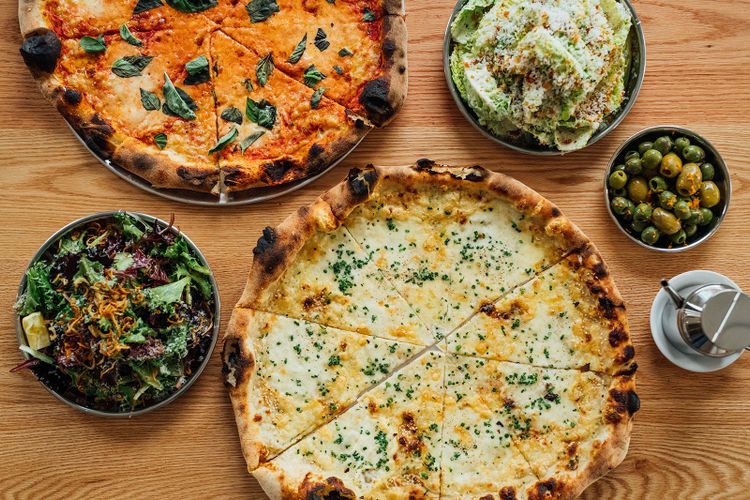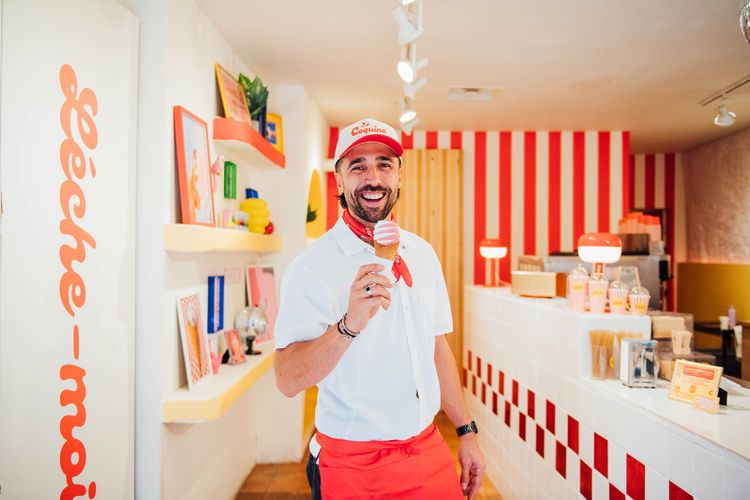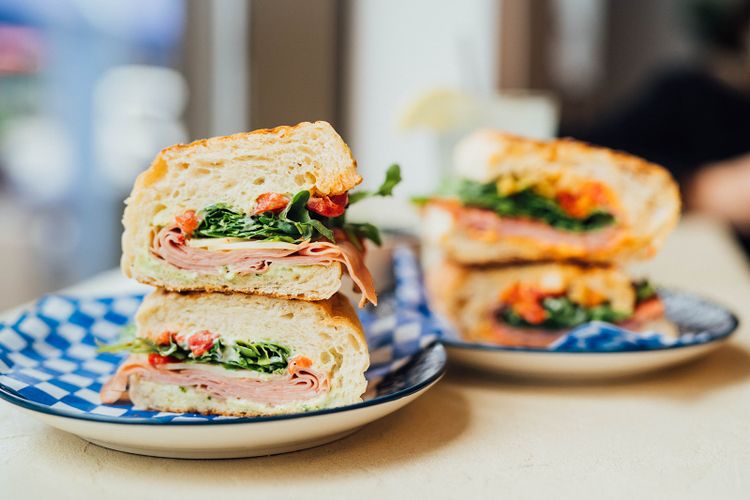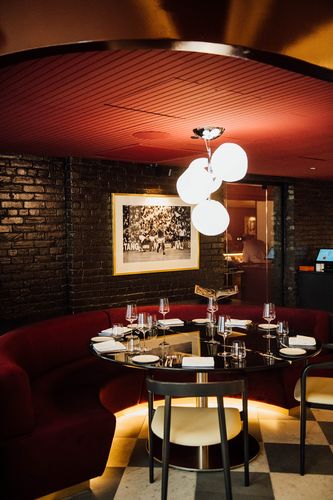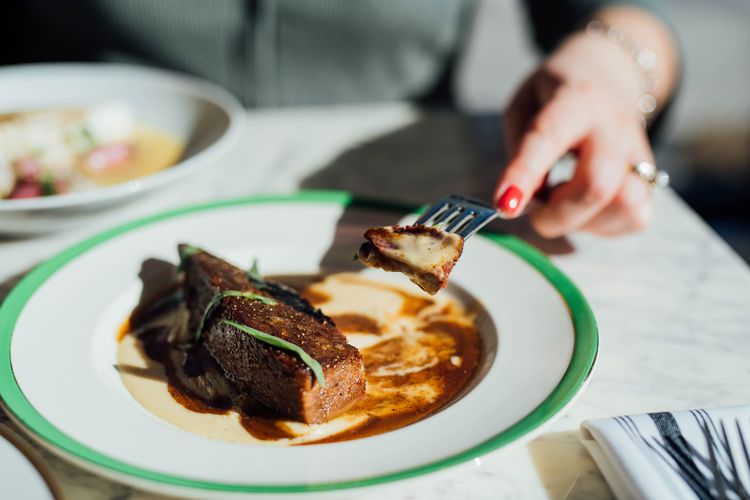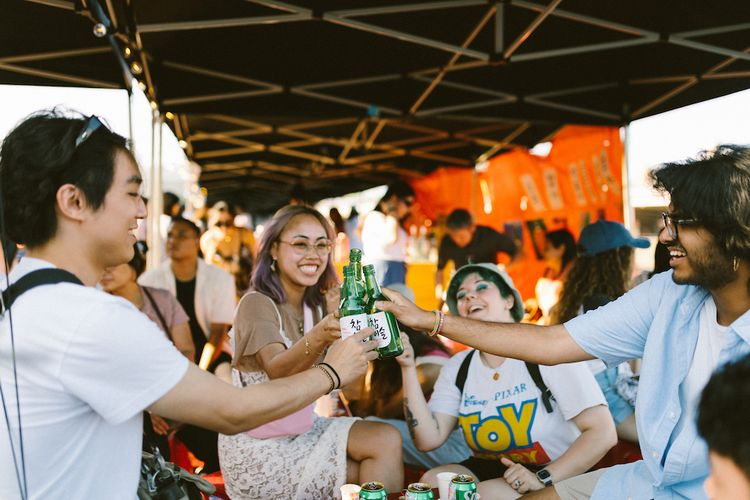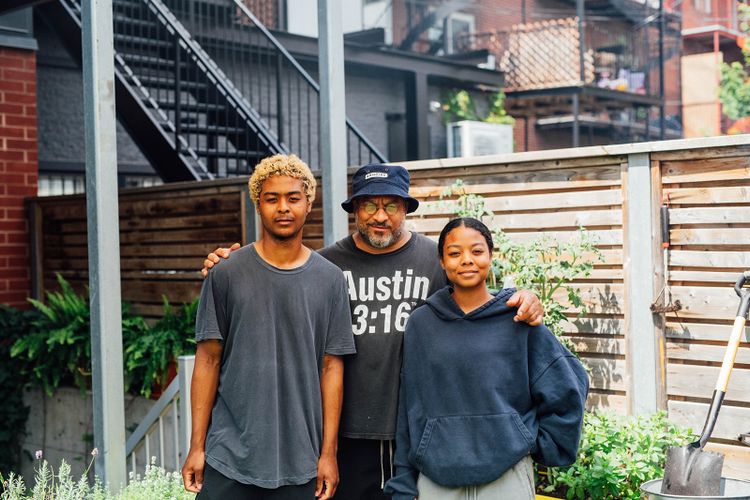10 things to know about where your chocolate comes from

Understanding where chocolate comes from, every step from the plantations to your mouth, allows us to better understand the privilege we have to enjoy this delicacy. Each element of the production is a vital component in the journey from bean to delicious chocolate.
To better explain the production process of fine chocolate, we were given the opportunity to visit Cacao Barry’s Rugoso cocoa plantations in Nicaragua. We payed visits to Cacao Barry’s cooperatives, plantations, and nurseries, and listened in on several presentations on cocoa farming. Here are some of our favourite discoveries we made in regards to this iconic sweet treat.
First of all, you should know that the farmers who work on the Rugoso plantations are supported through education about the many intricasies of cocoa agriculture. They are also paid fairly, allowing them to live comfortable lives and support their families. The Flores family, a family of farmers that have transcended generations, have fostered their knowledge of their industry, enjoy a comfortable lifestyle, and were recently able to to send their granddaughter to university – a first for the family! The Flores family is passionate, open to change, eager to learn and has repeatedly emphasized their gratitude for this opportunity in Nicaragua.
In the realm of algriculture, we found out that chocolate comes from a tree called the cocoa tree. These trees grow in several countries within the tropical «cocoa belt » which is near the equator.
Cocoa plantations vary greatly. On the oldest plantations, you will find large trees that produce cocoa pods in harmony with nature. You may also come across a new generation of cocoa trees which are smaller in size, and have been adapted from the best genes of cocoa trees in order to produce bountiful yields. Larger trees (often banana trees) are planted around the plantation to provide shade for the cocoa, which helps the production process. Cocoa plantations are often secluded from the rest of the community, and are usually only accessible by several hours of driving and/or walking.
For a better yield, the cocoa trees must be meticulously maintained and the pods must be picked at full maturity.
Cocoa trees produce pods which contain the cocoa beans. The pods come from cocoa flowers, which are fertilized in a minimal proportion of only 5%.
The pods grow in several colours: yellow, red or green. Just like wine or coffee, the various varieties of cocoa trees (and therefore pods) influence the taste of the chocolate they produce. The pods are picked according to the colour of their interior, so a farmer cuts off a small piece of the pod to identify the ripeness inside. Afterwards, the pod is removed from the tree and each bean that will be used to make chocolate is collected by hand, one by one.
The cocoa beans inside the pod are surrounded by a pulp, which tastes similar to passion fruit or mango, and can be tasted by sucking it out of the pod itself. The cocoa beans are carefully removed from the pulp and then sent onwards to fermentation. Before the fermentation process, the taste of the cocoa bean is very strong and bitter – far from the comforting taste of chocolate we all know!
Once each pod is emptied and all the beans are harvested, they are placed in bins that are shipped on truck to the cooperative.
The different protocols that follow the harvest determine the final expression of the cocoa.
Upon arrival at the cooperative, the beans are placed in multiple wooden bins which are emptied out at regular intervals. The fermenting cocoa beans stay closed until they are ready to be processed.
Once the desired fermentation has been achieved, the beans are taken out and dried in the sun which helps determine the taste of the final product. According to recent studies, 30% to 40% of cocoa bean quality is attributable to cocoa tree genetics, while 60% to 70% of bean taste develops once the bean is harvested – through the fermentation and drying process.
During this transformation, the cocoa beans develop different and extraordinary flavours; with levels of acidity, bitterness, astringency, fruit, florals and spices that vary enormously.
Bean blends offer unlimited possibilities for flavour development! Next, the general quality of the bean is tested by a round table of experts.
When you choose your chocolate, it is important to ask your chocolate maker or the person serving you a chocolate dessert to help you in your chocolate selection, so you can take advantage of the many different flavours and types of chocolates. Here in Montreal, you can find chocolate made from the Rugoso cocoa in and these quality establishments:
- Lecavalier Pétrone
- Olivier Potier Pâtisserie
- Le Renoir, restaurant of the Sofitel Hotel in Montreal
- La Chocolaterie Mathilde Fays Inc.
- Auberge Saint-Antoine
- Samson Chocolate Factory
- The Vanden Eynden Chocolates
- Joane L’heureux chocolatier
- Thirteen chocolates
- Le Croquembouche Bakery and Pastry Shop
Unlike wine or coffee, people quickly learn to appreciate the intricate taste of chocolate, but they are often unaware of the subtleties surrounding its production. Unfortunately, its complexity is often ignored. It is important to enjoy the chocolate by appreciating the extensive work that lies behind each bite. You will never eat chocolate the same way again. A privilege!
Written by Jean-Philippe Tastet
